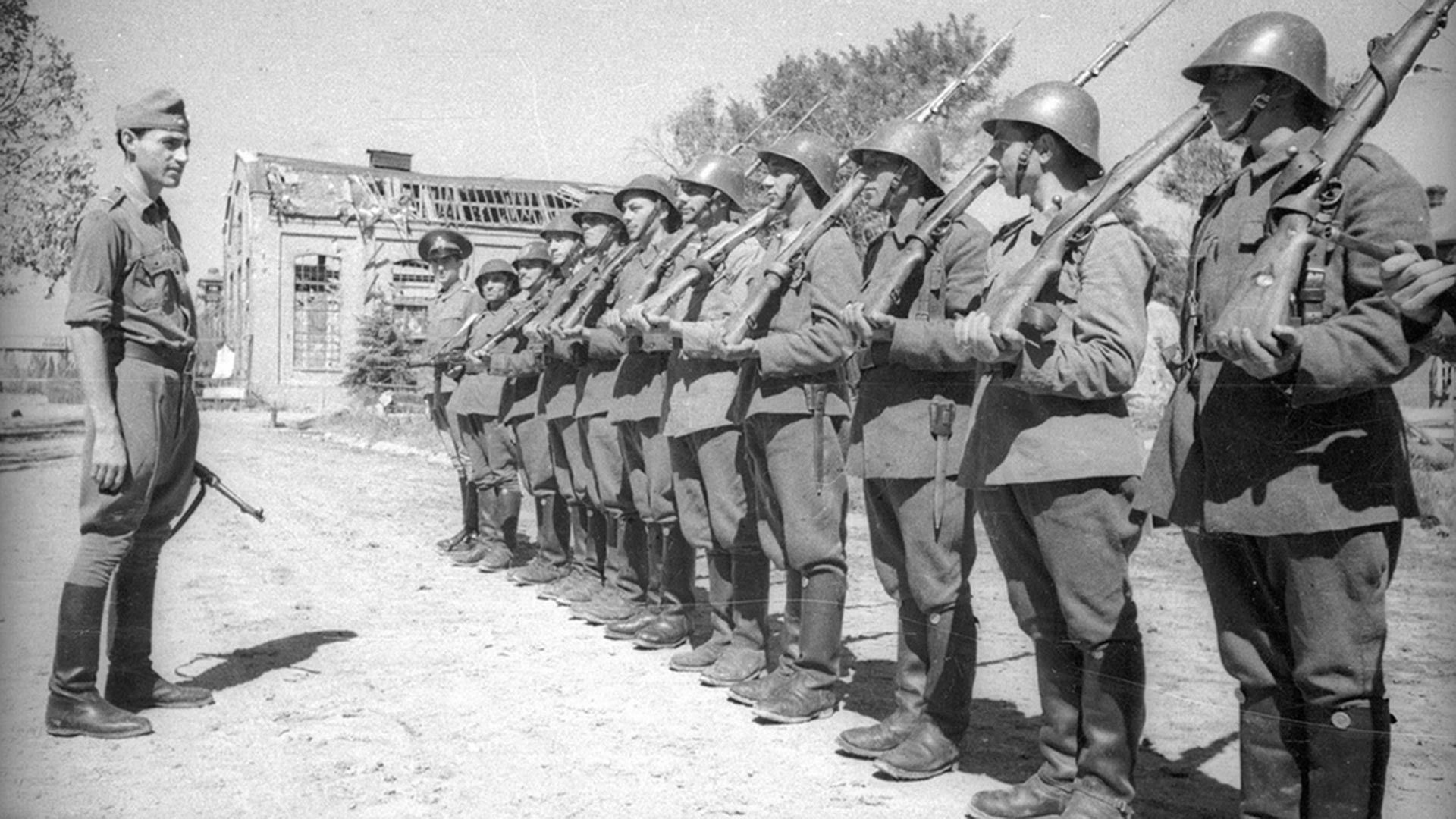Who fought alongside Hitler against the USSR in World War II and why
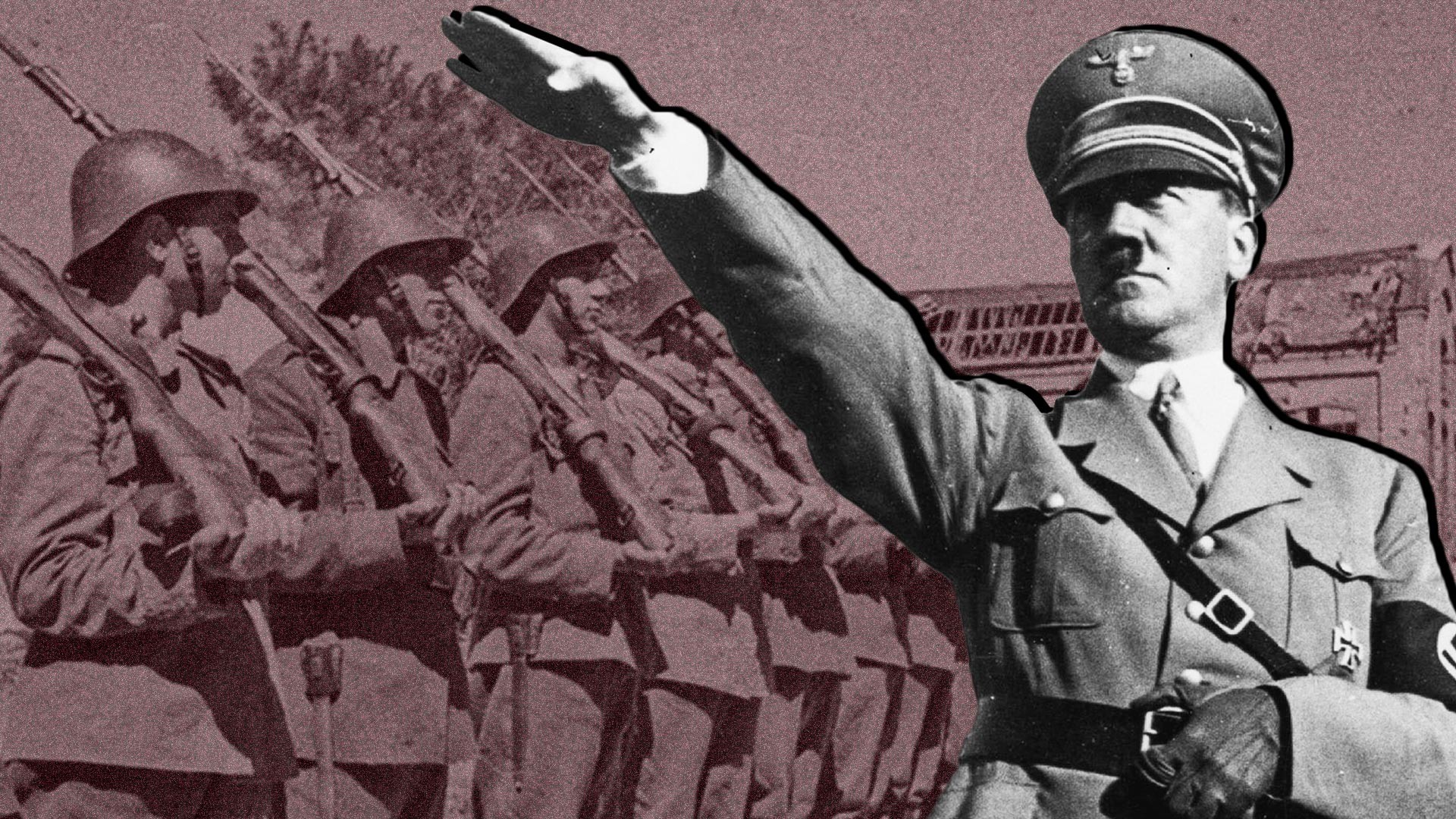
The Italians
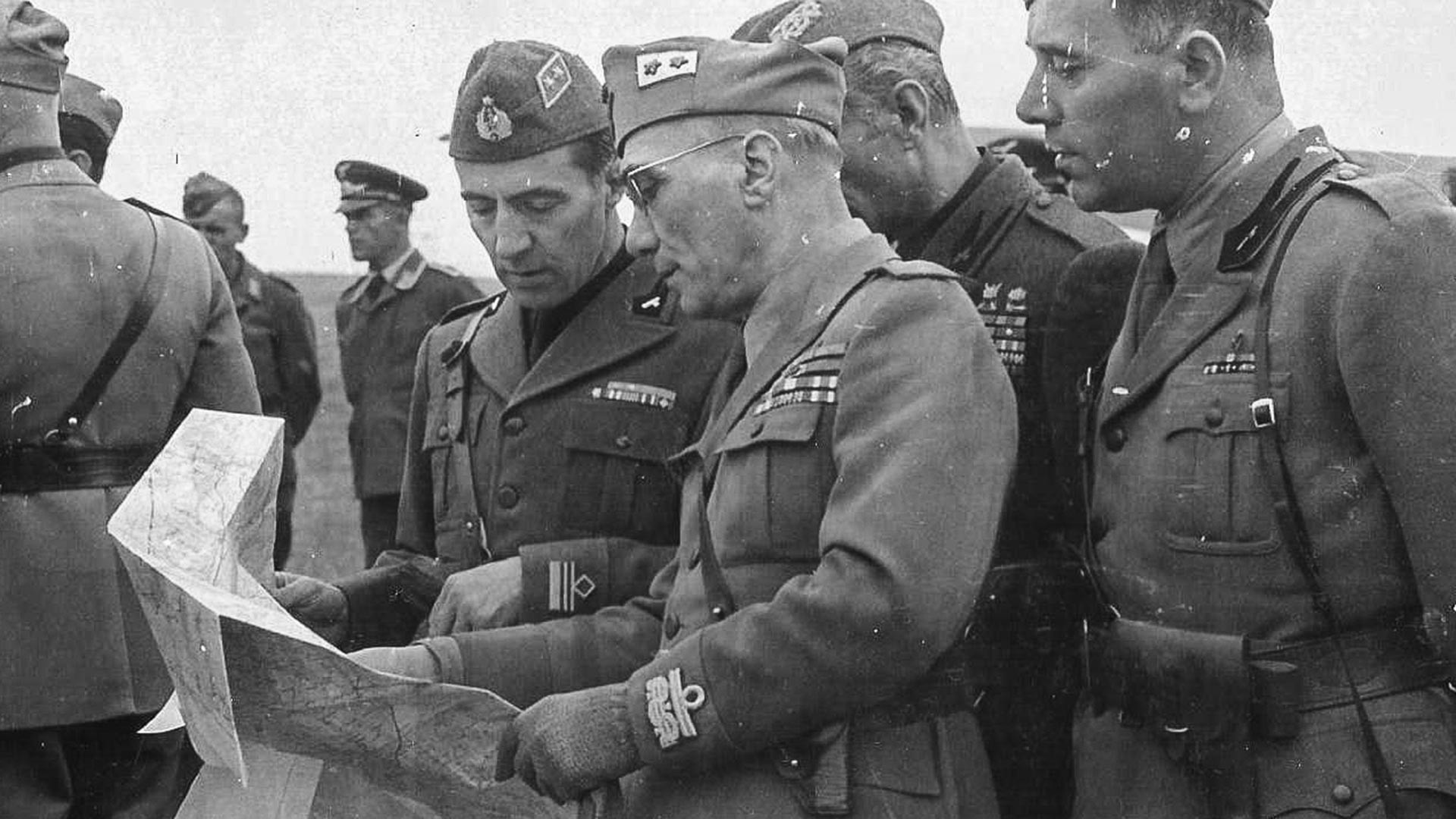
Fascist Italy, the main ally of Nazi Germany in World War II, was largely responsible for the Mediterranean theater of war. Benito Mussolini, however, also wanted Hitler to give his soldiers a chance to prove themselves in the “Crusade against Bolshevism”.
A 62,000-strong Expeditionary Corps was dispatched to the Eastern Front. It served as the basis of the 8th Italian army, numbering about 235,000 men, that would be formed in the summer of 1942. The Germans, however, were not very impressed by the Italian units’ combat readiness. The Italians proved completely unprepared for warfare: They lacked sufficient road vehicles, heavy weapons, ammunition or provisions.
You can read about how the Italians fought in the Soviet Union up to their defeat on the River Don at the end of 1942, as well as about their relations with the local populations and discover which units of the Italian armed forces still managed to earn the respect of their German allies in our separate article.
The Romanians
In 1918, Romania, taking advantage of the chaos of the Russian Civil War, annexed Bessarabia, which had been part of the Russian Empire since 1812. Moscow never forgot this loss and, in 1940, after putting pressure on Bucharest with Berlin’s tacit agreement, regained control over Bessarabia. At the same time, under German auspices, extensive Romanian territories went to Hungary and Bulgaria, which had claims to them.
On losing up to 40 percent of its territory, Greater Romania ceased being “Greater” overnight. The Third Reich, having played a key role in this, immediately lured the weakened and traumatized country (which, until then, had been orientated towards the Western allies) to its camp. For their participation in the upcoming war against the USSR, the Romanians were promised not only the return of the lost region of Bessarabia (as well as Northern Bukovina, which had been ceded to the Soviet Union), but also the annexation of a significant part of Soviet Ukraine.
Find out more about the Romanian offensive in the south of the Soviet Union and the Romanians’ role in the Battle of Stalingrad here.
The Hungarians
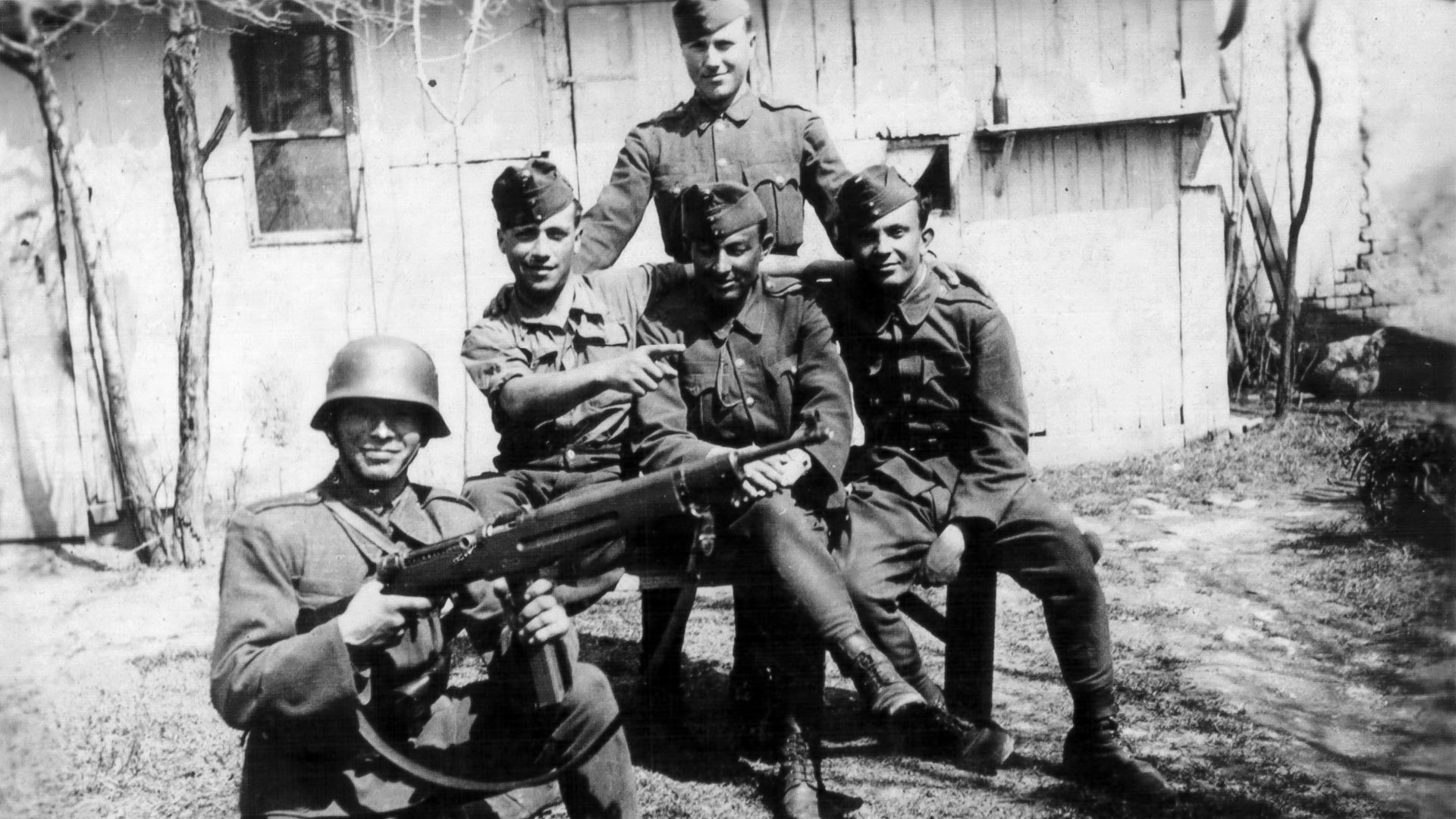
The main motive which prompted the Hungarians to join the German campaign in the east was a desire not to lose what they already had - namely, Northern Transylvania - rather than acquire new territory.
This large region with a mixed Romanian-Hungarian population had been part of the Austro-Hungarian Empire until the end of World War I. Annexed to Romania in 1918, it was assigned by the Germans to Hungary in the Second Vienna Award on August 30, 1940. When Romanian armies invaded the USSR alongside the Wehrmacht, the ruling circles in Budapest became seriously concerned that, if Hungary stayed out of the conflict, Hitler might reconsider the fate of Northern Transylvania in favor of the Romanians, who were supporting him.
You can read more about how the Hungarian army fought in the Soviet Union and why the Hungarians were seen as the most brutal of Germany’s allies on the Eastern Front in the following article.
The Finns

Finland viewed its participation in the German campaign against the Soviet Union as a continuation of the 1939-1940 Winter War, which had resulted in the country losing part of its territory, including the northern part of the Karelian Isthmus.
The Finnish forces, however, did not confine themselves to retaking the lost territories. They occupied a significant part of Soviet Karelia and also blockaded Leningrad from the north. Overall, the Soviet-Finish sector of the Eastern Front was the quietest throughout the war. There was even a joke doing the rounds in the Red Army about the Soviet troops who were opposing the Finns: “Only three armies in the world don’t fight - the Swedish army, the Turkish army and the 23rd Soviet Army.”
Finland did not share the same fate of Hitler’s other allies, such as Romania, Hungary or Bulgaria. A pro-Soviet regime was never installed there. Find out why here.
The Swedes
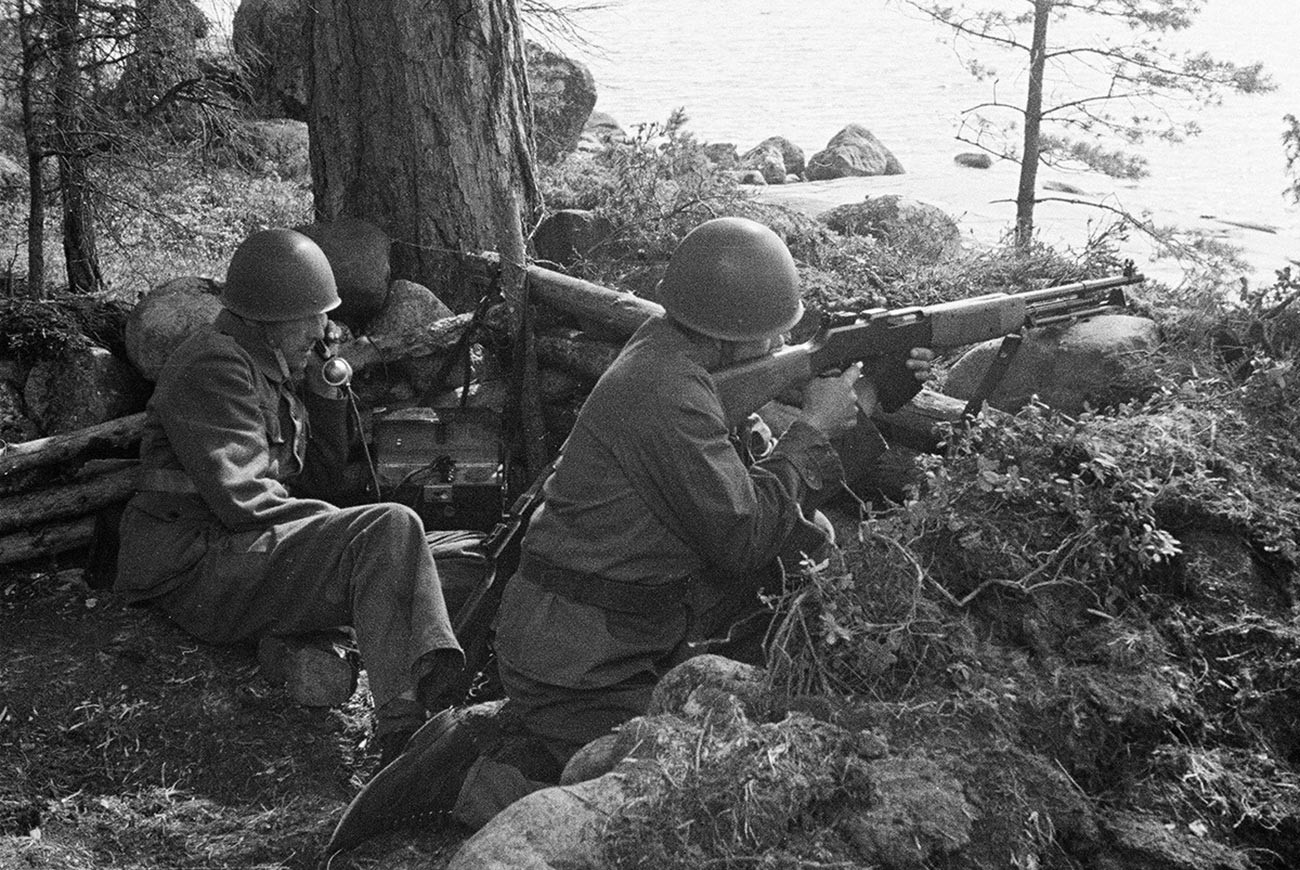
During World War II, Sweden had to partly abandon its policy of neutrality, both under pressure from Germany and quite voluntarily following the Soviet Union’s attack on Finland in November 1939.
Having proclaimed itself a “non-belligerent” state, Sweden began to actively supply the Finns with weapons and ammunition and facilitated the dispatch of a Swedish Volunteer Corps numbering over 8,000 men to fight the Red Army.
The Swedes, however, were much less willing to support the Continuation War, which Finland had launched against the Soviet Union, because it was no longer a fight for survival and independence. Still, Swedish volunteer units were dispatched to the Eastern Front again. You can read about their fate here.
The Croatians
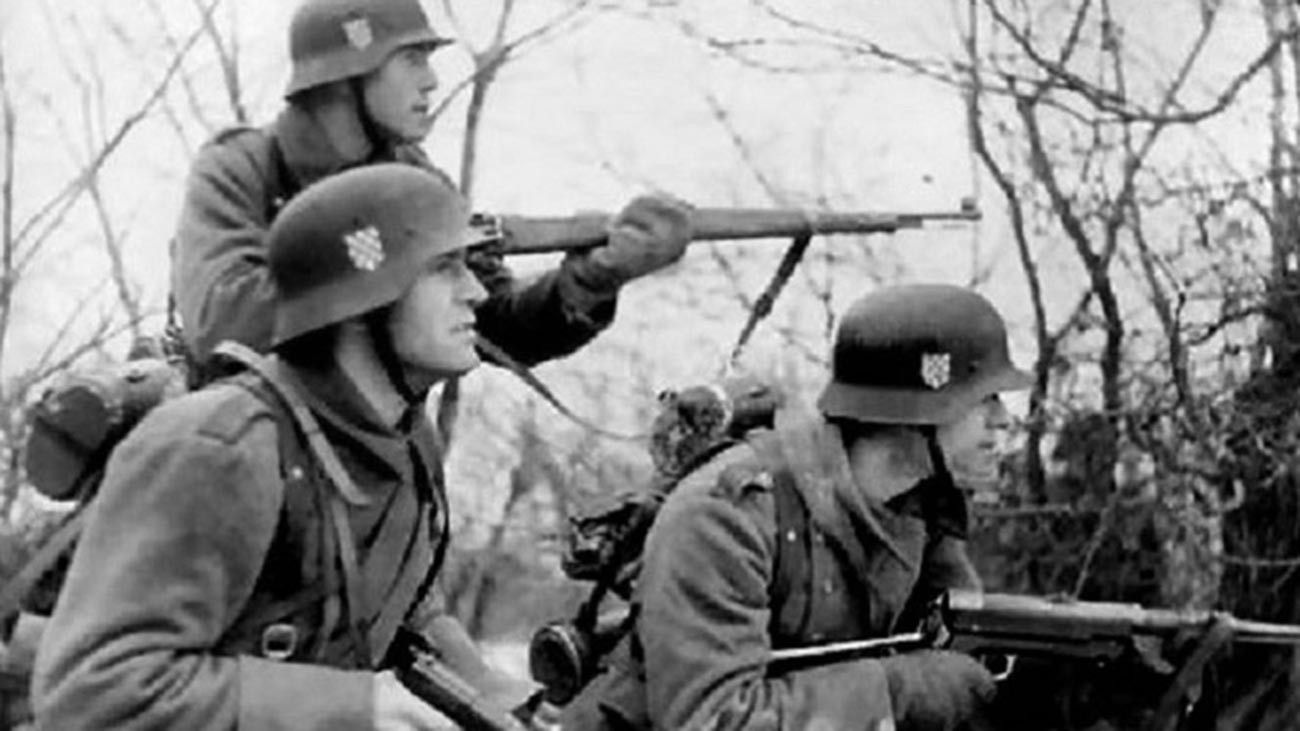
When, in April 1941, the so-called Independent State of Croatia was established on the ruins of the defeated Kingdom of Yugoslavia, Croatian society split in two. While some people joined the resistance movement that was rapidly gaining momentum in the Balkans, others, namely supporters of Ante Pavelić, the leader of the Nazi Ustaše organization, were happy to shadow the policies of the Third Reich.
Hitler did not initially intend to involve Croatian units in Operation Barbarossa, but eventually agreed to Pavelić’s request to give them a chance to join the struggle “of all freedom-loving nations against communism”. The 369th Croatian Reinforced Infantry Regiment, numbering up to 4,000 men, as well as the Croatian air force and naval legions left for the Eastern Front.
The Croatian regiment was the only foreign unit given a direct role by the Germans in the assault on Stalingrad. You can read about how the Croatians fought in the streets of the city and how it ended for them here.
The Spaniards

Germany’s attack on the Soviet Union on June 22, 1941, sparked unprecedented ferment in Spain. On the same day, Foreign Affairs Minister Ramón Serrano Suñer informed the German ambassador in Madrid that his country welcomed what had happened and was ready to help the Third Reich by sending volunteers.
The motives of those who wanted to set off for the Eastern Front varied. Some wanted to settle old scores with the Russians for their interference in the Spanish Civil War, while others genuinely hated communism. There were also those who saw it as a means of “atonement” for their Republican past and some, having secretly remained loyal to the defeated Republic, even hoped to flee to the Red Army side on arrival in the war zone.
A total of 50-70,000 Spaniards served as members of the 250th Infantry Division, also known as the Spanish Volunteer Division or simply the ‘Blue Division’, throughout the period of its involvement in the war against the USSR. In addition, a “Blue Squadron” operated in the skies over the Soviet Union and was credited with downing more than 150 Soviet aircraft.
You can read what prompted General Francisco Franco hastily to withdraw his troops from the Eastern Front in the autumn of 1943 in our separate article.
The Slovaks
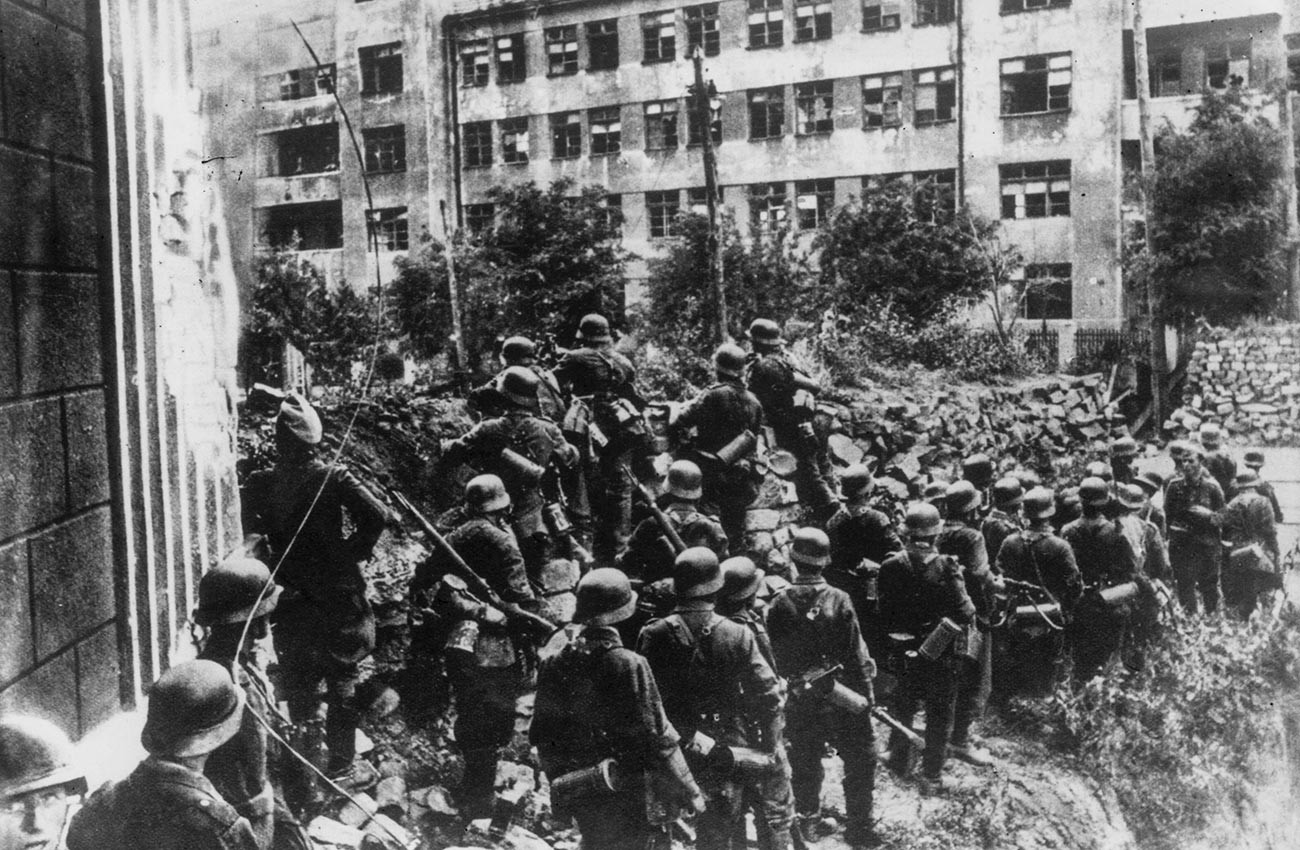
In the spring of 1939, Nazi Germany dealt the final blow to a weakened Czechoslovakia after it was abandoned by Western powers and encouraged the declaration of an “independent” Slovak republic. It was the Slovaks’ first state in their entire history. The trouble was that not all Slovaks were happy with the fact that their homeland had been turned into a totalitarian satellite state of the Third Reich.
The Slovaks had no reason to fight against the Soviet Union and the Germans did not plan to involve them, merely regarding Slovakia as a transit zone. Nevertheless, the government of President Jozef Tiso volunteered to fight side by side with the Nazis on the Eastern Front. “In full solidarity with the Greater Germanic Reich, the Slovak people are taking their place in the defense of European culture,” Interior Minister Alexander Mach stated.
The reality differed sharply from the propaganda slogans. The Slovaks proved to be the most unreliable of Germany’s allies on the Eastern Front. They went over to the side of the Red Army and Soviet partisans en masse, in order to fight against the Wehrmacht. Find out what the Germans had to do to prevent this happening in the following article.
The French
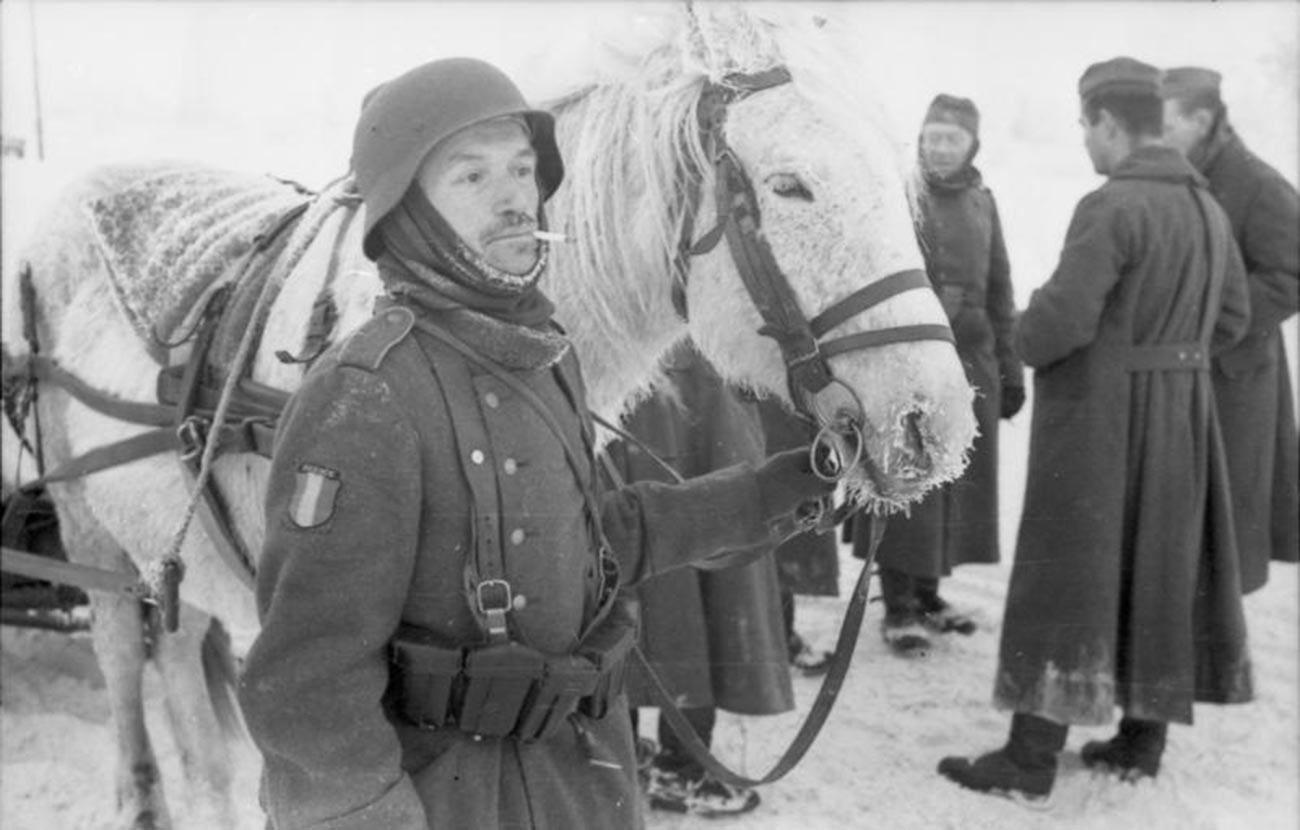
“This war is our war and we shall see it through to the end, to victory,” is how Jacques Doriot, the leader of the fascist French Popular Party, commented on the German invasion of the Soviet Union in the summer of 1941. Various collaborationist organizations operating on the territory of occupied France and the puppet Vichy regime were indeed the main driving force behind sending French troops to the Eastern Front.
French society as a whole, however, supported neither collaboration with the enemy nor the war against the USSR. In the whole period of the existence of the Legion of French Volunteers Against Bolshevism, no more than 7,000 people signed up.
German and Vichy propaganda ceaselessly repeated that the legion’s soldiers were the heirs of Napoleon’s “Grande Armée”, called upon to restore the honor and glory of their ancestors. Read about the striking similarities between the fate of the French legionnaires in the USSR in World War II and that of Napoleon’s soldiers in Russia in 1812 here.
If using any of Russia Beyond's content, partly or in full, always provide an active hyperlink to the original material.
Subscribe
to our newsletter!
Get the week's best stories straight to your inbox
